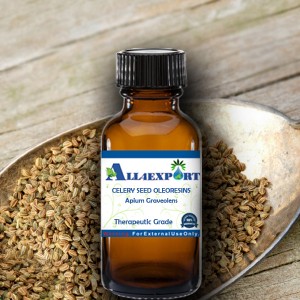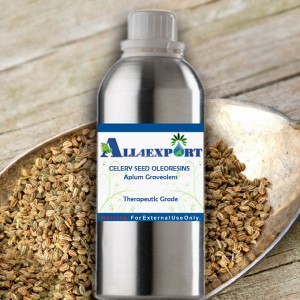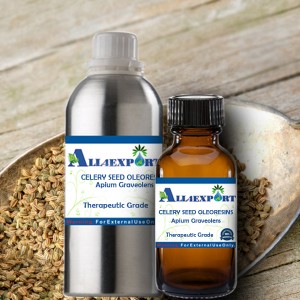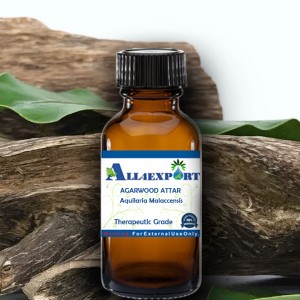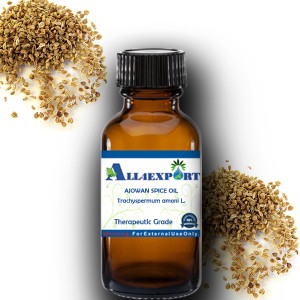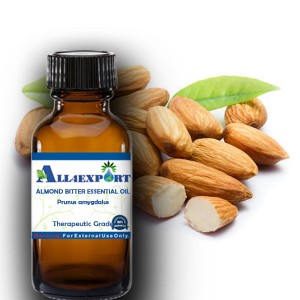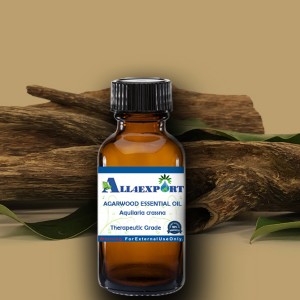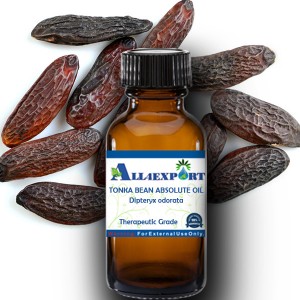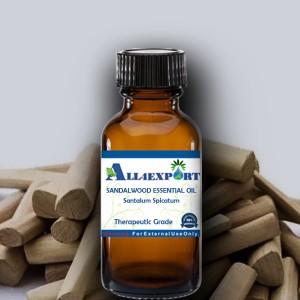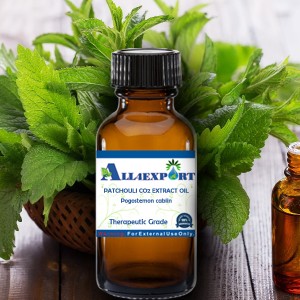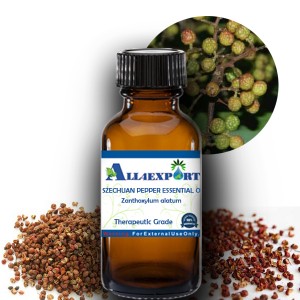| CELERY SEED OLEORESINS |
Botanical Name | : | Apium Graveolens | Country of Origin | : | North America | Solubility | : | Soluble in oil, insoluble in water | Specific Gravity | : | Not Applicable | Optical Rotation | : | Not Applicable | Refrective Index | : | 1.385 - 1.7590 | Plant Part | : | Seed | Blend With | : | Lavender, Pine, Lovage, Tea Tree, Cinnamon Bark and Clove Bud. | CAS No | : | Not Applicable | Flash Point | : | 87° | Extraction Method | : | solvent extraction |
|
Description : Celery seed oleoresin has a very strong aromatic flavour, which chiefly contains d-limonene and sedanolides responsible for the characteristic flavour. It is derived from rip seeds of the cultivated plants of Apium Graveolens Linn.
|
Constituents : Contains 1.5 - 3.0 percent of pale yellow volatile oil; 15 – 17 percent of fixed oil is resins. |
Uses : Celery Oleoresin is also used as stimulant, carminative, nervine, sedative and even in tonic. It is also used to flavor soft drinks and unpleasant medicaments.
|
Benefit : Celery oleoresin is extensively used as flavoring or spice. It is also used as stimulant, carminative, nervine, sedative and even in tonic. |
Caution Note: Oleoresin is a powerful irritant, and even in minute quantities produces an intense burning sensation when it comes in contact with the eyes and tender parts of the skin.
All of the information and opinions that are provided on this web site are for informational and educational purposes only. This information is not intended to replace medical advice given by a medical practitioner. Anyone considering alternative therapies should consult with their medical professional before using an alternative method of healing. We do not give nor is any opinion on our web site medical advice.
|









